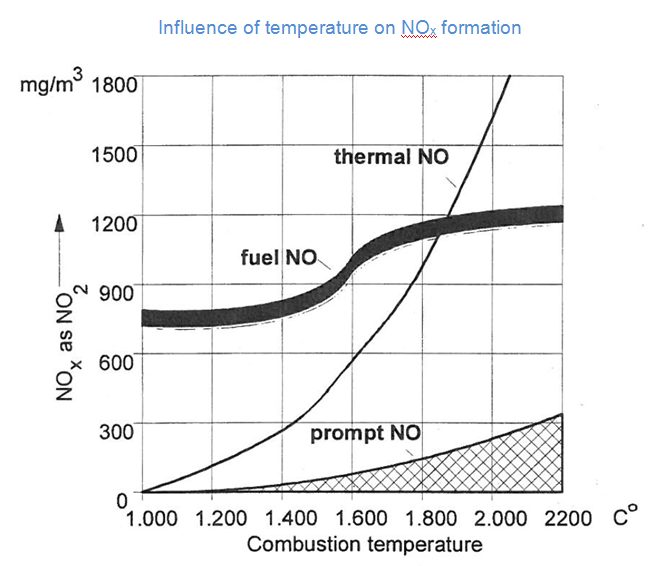All modern gasoline-engine vehicles are equipped with a three-way catalytic converter as part of the exhaust system. It’s called a three-way catalytic converter because it controls three pollutants: carbon monoxide (CO), which combines with oxygen in the converter to become carbon dioxide (CO2); unburned hydrocarbons, which combine with oxygen to produce CO2 and water vapor (H2O); and NOx, which is reduced over the catalyst to nitrogen and water and/or CO2. The three-way catalyst, invented in the 1970s, is inexpensive and poses little or no penalty to fuel economy, performance, drivability, or maintenance. And it is very effective: a new 2017 gasoline-engine passenger car, properly tuned and operating in normal conditions, has only a negligible amount of NOx present in the exhaust as it exits the tailpipe. (This does not mean that the NOx problem is fully solved for gasoline engines; a hundred thousand cars stuck in traffic still add up to a health hazard and a pollution problem.)
Because the problem of controlling NOx in diesel exhaust is more complicated, diesel vehicles require different approaches. To begin with, most modern diesel vehicles incorporate exhaust-gas recirculation (EGR) into their design. EGR systems recycle a portion of the exhaust gas back into the combustion chamber, where it combines with “fresh” intake air. This reduces the oxygen content and increases the water vapor content of the combustion mixture. That has the effect of reducing peak combustion temperature. Because more NOx is created as peak combustion temperature rises, EGR effectively reduces the amount of NOx produced by the engine. Why only recycle a portion of the exhaust gas? Using too much would increase PM2.5 and reduce fuel efficiency, so proper design entails a delicate balance.
EGR addresses the problem of controlling NOx emissions inside the engine cylinder, at the point where NOx forms. Two methods are used in diesel vehicles to control NOx after the exhaust has permanently exited the engine (hence the term “aftertreatment”). A lean NOx trap (LNT) uses a catalyst to temporarily store NOx from the exhaust. At intervals (ranging from seconds to minutes, depending on operating conditions), the engine controller briefly increases the proportion of fuel in the air-fuel mixture being combusted. The exhaust from burning the richer air-fuel mixture contains proportionally less oxygen and more unburned hydrocarbons, and the stored NOx at the catalyst reacts with hydrocarbons in the exhaust to produce nitrogen and water and/or CO2. Selective catalytic reduction (SCR) reduces NOx over a catalyst using ammonia as the reductant. The ammonia is typically supplied in the form of urea, which must be stored in solution in a tank on the vehicle. For reasons relating to engine size, operating characteristics, and the cost of raw materials for the catalyst, as a practical matter heavy-duty vehicles being produced today use only SCR systems and light-duty vehicles can use either SCR or LNT.
EGR, LNT, and SCR are active systems, in contrast to the three-way catalytic converter. Their operation is controlled by the vehicle’s engine control unit (which determines, for example, the intervals at which urea solution is injected into the exhaust for SCR, or the air-fuel mixture is enriched to regenerate the LNT) and they come with maintenance requirements and costs both direct (e.g., a service charge to refill a urea tank) and indirect (slightly reduced fuel economy from running the engine rich periodically or from recirculating exhaust gas). The costs can provide a motive for shutting down one of these aftertreatment systems during some vehicle operating modes, and the digital electronic control offers a means.

